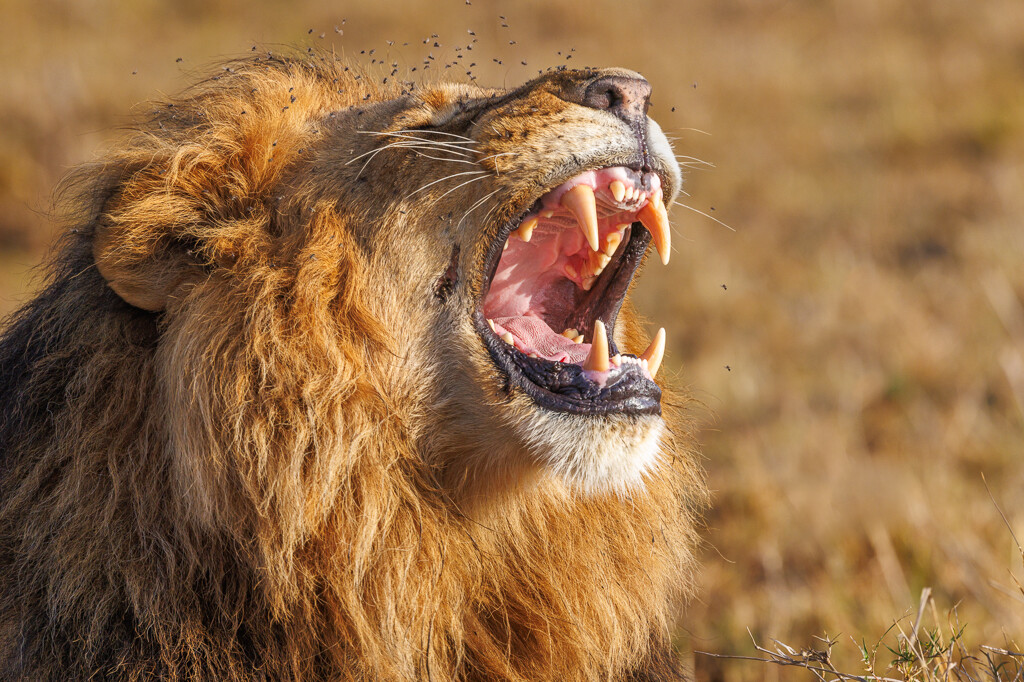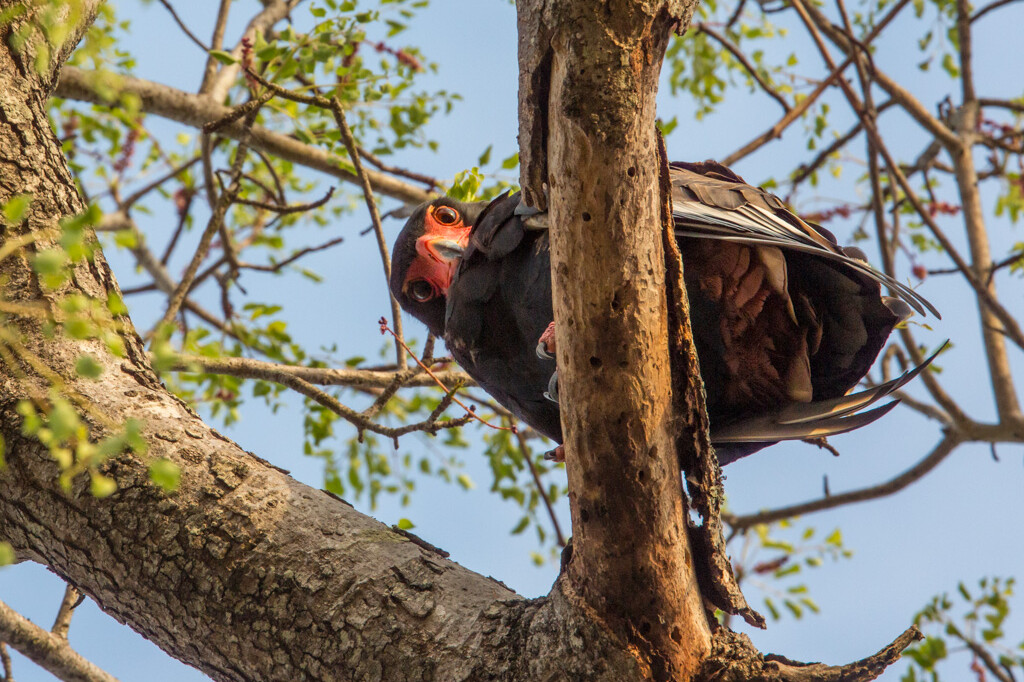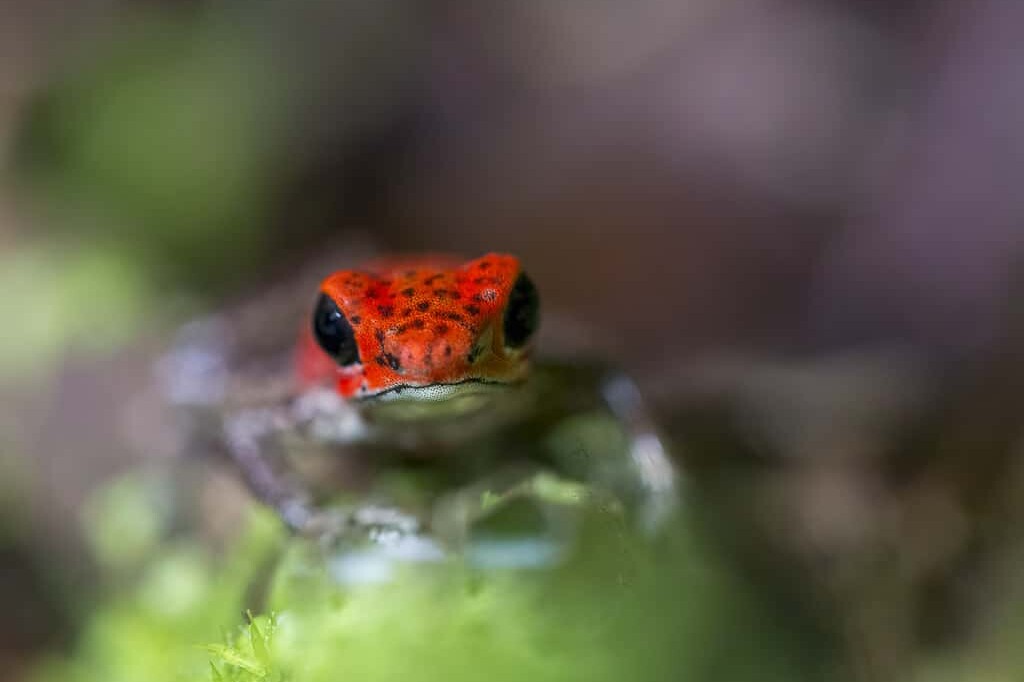Black Market Wildlife Crime
It’s time to get serious about wildlife crime.
Some nights I lie awake remembering the moments I have spent in the company of Africa’s extraordinary wildlife. My mind drifts to a darker place and I can’t help wonder if the animals I have photographed are still alive? I wonder if they are hunting, grazing, mating, playing, fighting. Being. I lie awake wishing it was all a very bad dream…
Elephants, lions, rhinoceros, vultures, apes, wild dogs…the list goes on. They are disappearing under our watch, slaughtered for body parts to be carved into fashion accessories or sipped in magic elixirs. They are being hunted for their meat and traded for money, trapped and sold for our entertainment and amusement. Black market animal trafficking is now estimated at a staggering 7-9 BILLION dollars, not far behind drugs, weapons and human trafficking.
Sadly, the numbers do not lie. Killing animals is BIG business and we need to get serious about wildlife crime.
Elephants
Africa has lost 99% of its elephant population since the 1930’s. There were approximately 10 million elephants in the 1930’s and the African Wildlife Foundation now estimates the population closer to 470,000 individuals. While the elephant numbers dwindle, the price of ivory in China does anything but. Since 2010 the price of ivory has increased as much as tenfold.

Lions
Around the time I was born, there were an estimated 100,000 lions roaming in Africa. There are approximately 20,000 remaining. The decline is staggering. The death of one mature male lion can have significant impact on a local population. (See The Sad Story of Lion Math) I cannot imagine a world without lions, and yet, it may happen in my lifetime.

Rhinoceros
I have been lucky to photograph both the black and white rhinoceros at a time when it is facing the most intense threat of all African wildlife. Rhino horn is more valuable on the black market than cocaine and diamonds. At $60,000 kilo, it is by far the most valuable commodity in illicit wildlife trafficking business. In South Africa the penalty for trafficking in small amounts of cocaine starts at 5 years in prison. For rhino poaching the fine is a very affordable $14k. While overall poaching numbers for rhino in Africa have declined over the past few years, the numbers are still a serious threat to the population. There were 750 slaughtered rhinos reported in 2019. According to savetherhino.org, between 2010 and 2019 there were 9441 recorded killings–that is 3 rhinos poached every day.
1 every 8 hours…

Wild Dog
The African wild dog is considered one of the most endagered animals in the world. A pack of dogs will traverse a range as big as 900 square miles. These nomadic pack animals are living on diminishing land parcels areas as human population take over more space. This has resulted in hunting challenges and inevitably, deadly conflict with farmers and herders. The reduced roaming area has led to a weakened gene pool for reproduction. Closer contact with domestic animals has introduced rabies and distemper into the wild dog population, killing large numbers of dogs.

Serious About Wildlife Crime: Humans
“Education is the most powerful weapon we can use to change the world.” ‑Nelson Mandella
It is really is up to all of us…
View Lion Gallery

NJ Wight
Image maker and storyteller, bringing my audience up close to the extraordinary wildlife that has transformed my thinking and shaped my creative expression.
More Great Posts
June 12, 2024
Lion Population: The Sad Story of Lion Math
June 1, 2024
The Bateleur Eagle: An Unusual Perspective
February 29, 2024
Photographing Safari Silhouettes
January 17, 2024
Photographing the Dragonfly in Flight
July 29, 2023
Photographing the Strawberry Poison Dart Frog
July 17, 2023








Food for thought Nancie. Breaks my heart daily – and a huge part of why I do what I do.
Thanks Kirsten. I know you feel it everyday.